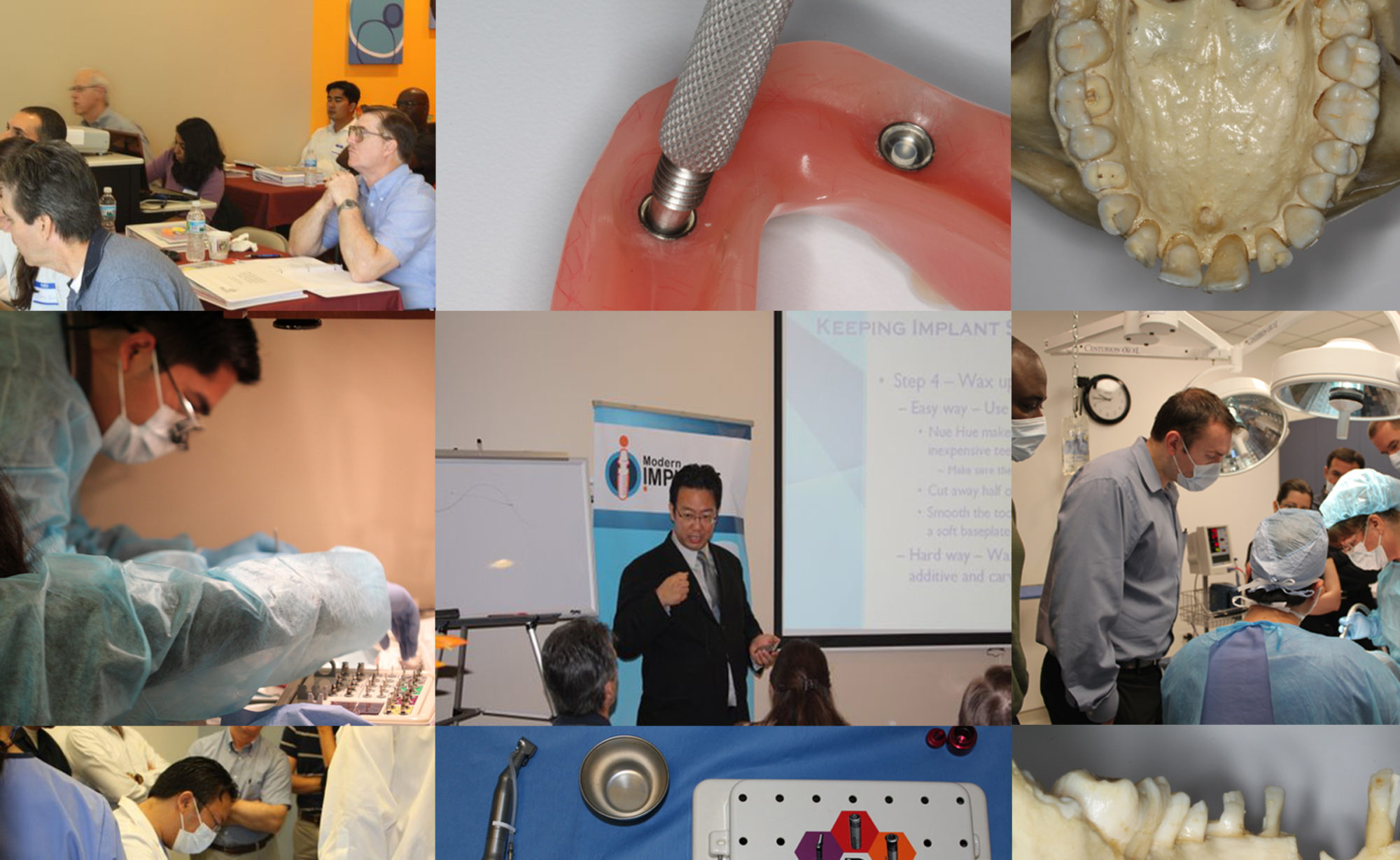
In order to fabricate your dental restorations, very precise molds or optical 3-dimensional scans need to be taken of your teeth and implants. This is done by removing the healing abutment and temporarily using an impression transfer or coping for molds, or a scanning abutment for optical scans. An impression of the teeth and transfer is taken with high precision silicone materials or optical scanner. After the impression or scan is taken, the transfer is removed from the implant and the healing abutment is replaced.
Other records may also be taken, such as tooth color, photographs of the surrounding area, or for front teeth, a picture of your full smile.
Over the next 3 to 4 weeks, the impression that was taken is then converted into a stone or digital model that the dental laboratory can use to make the final dental prosthetics. This often involves a separate abutment and crown, or a single screw retained crown. The abutment is a device that connects directly to the implant. It is often shaped to resemble a tooth that has been prepared for a crown. A screw is used to connect the abutment to the implant. The crown is made to fit precisely onto the abutment using modified techniques. A screw retained crown is pre-cemented to the abutment, leaving a hold at the top of the tooth. The benefit of a screw retained crown is lower cost and no leftover cement below your gums. Both the crown and abutment, or screw retained crown is returned to your regular dentist for delivery of prosthetics.
Call us today to schedule your free evaluation, at (331) 255-2525. Please mention that you are calling regarding the Modern Implant Institute. You can also fill out our convenient contact form, and we’ll get back to you as soon as possible.

